Garage conversion
Or Call: (020) xxxx–xxxx
Do you find that your garage is always cluttered, and you never seem to have enough space for anything? That’s not uncommon. Many people use their garages as a dumping ground, and it looks like they can’t get rid of any junk, which leaves them feeling frustrated.
Luckily, there is an alternative: garage conversions! Garage conversions are the process of turning your existing garage into a living space. This article will discuss all you need to know about garage conversions.
What is a garage conversion?
A garage conversion is a process of turning your garage into a living space. This is typically an easier and more affordable option than building new. You can take advantage of some existing features while also adding the necessary components to make it livable.
Why might you want to convert your garage?
You may benefit from converting your garage if:
- There isn’t enough room in your home for all of your belongings
- Your current storage solution makes getting around difficult or impossible
- The exterior aesthetics are unappealing (lacklustre paint job; many decades old)
How to get started on the process of converting your garage
A garage conversion is a process that requires a lot of attention. So, the first thing you should do is get informed.
Before you get started, research if any regulations apply to your state or municipality regarding garage conversions. Once you know the game’s rules, investigate what is already present in your garage and how we can use it during a conversion process. Also, consider:
- The layout (don’t forget about heating and cooling!)
- What type of flooring material will work best?
Once this groundwork has been laid out, sort through the foundation and superstructure components by separating them into “must-haves” versus “nice-to-haves.” When considering functionality, think outside of the box—the more creative you get with storage solutions now could save on costs later when looking for contractors to do the work.
While you may not be able to add on additional square footage, there are plenty of things that can make up for it in a converted garage: more windows and natural light, high ceilings, and exposed beams (if they’re already present).
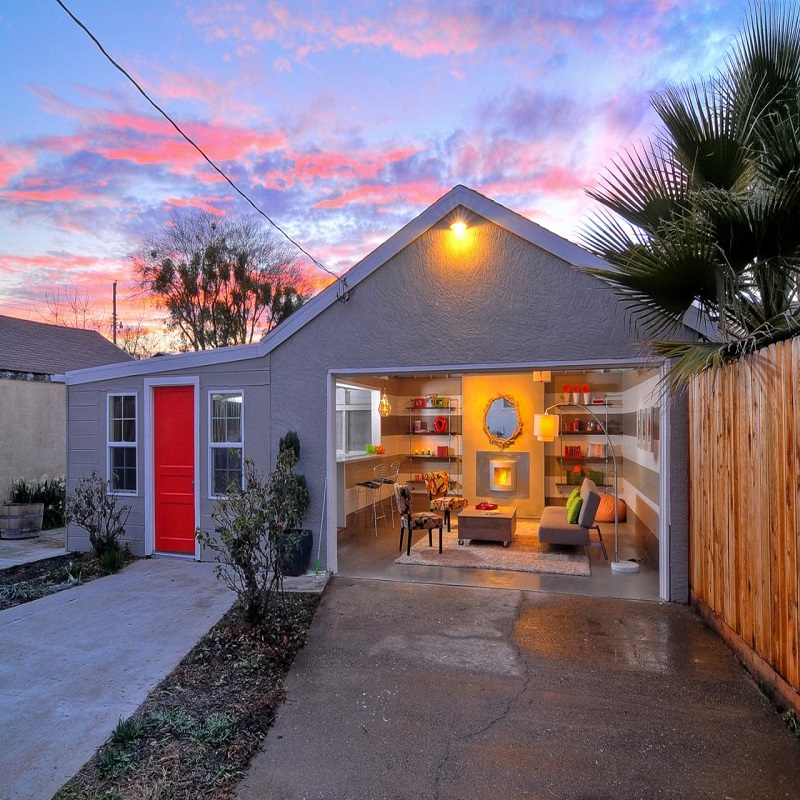
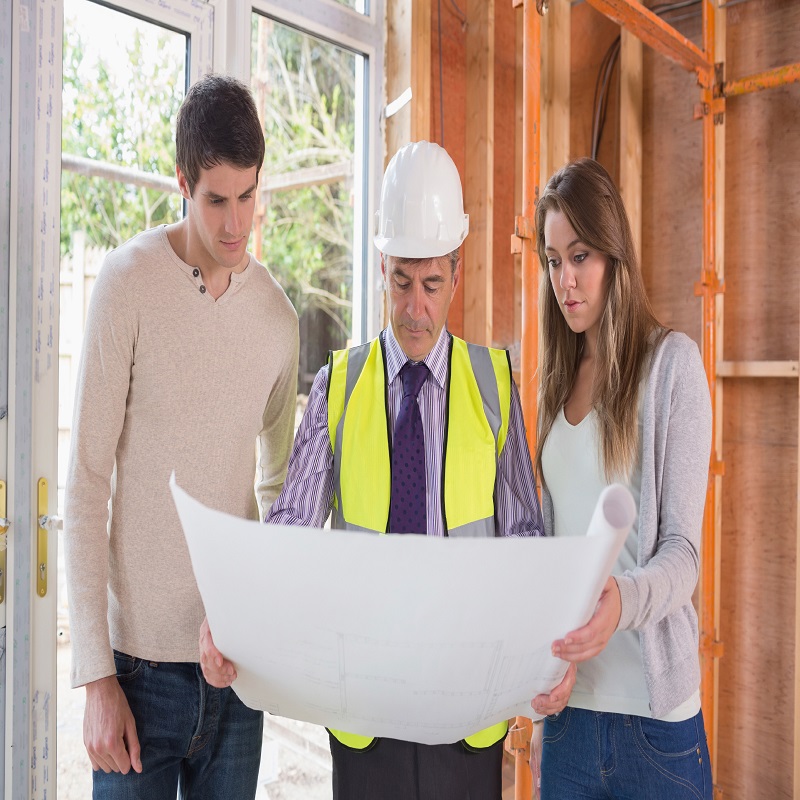
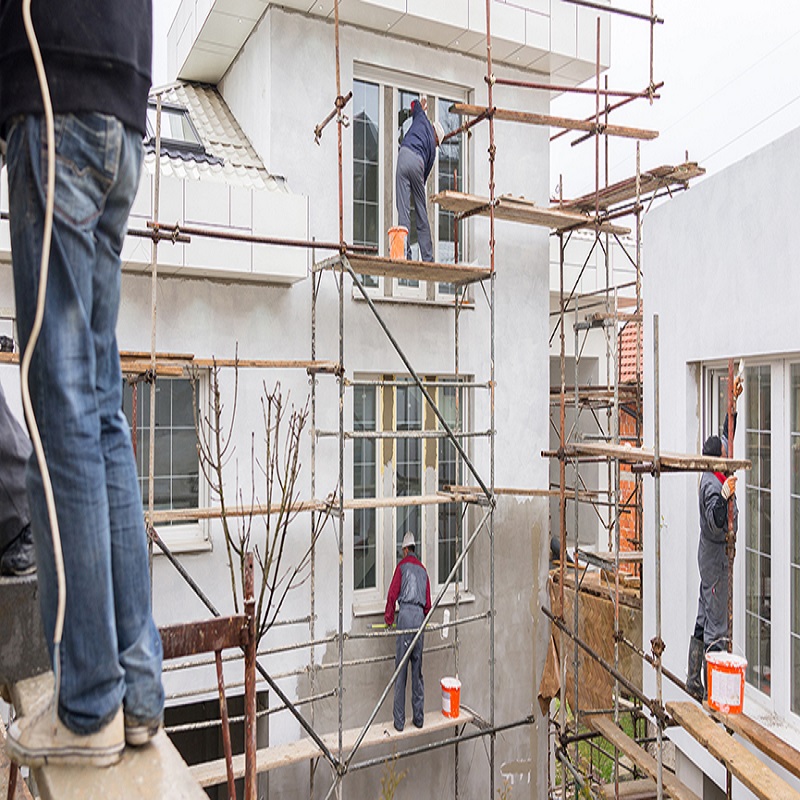
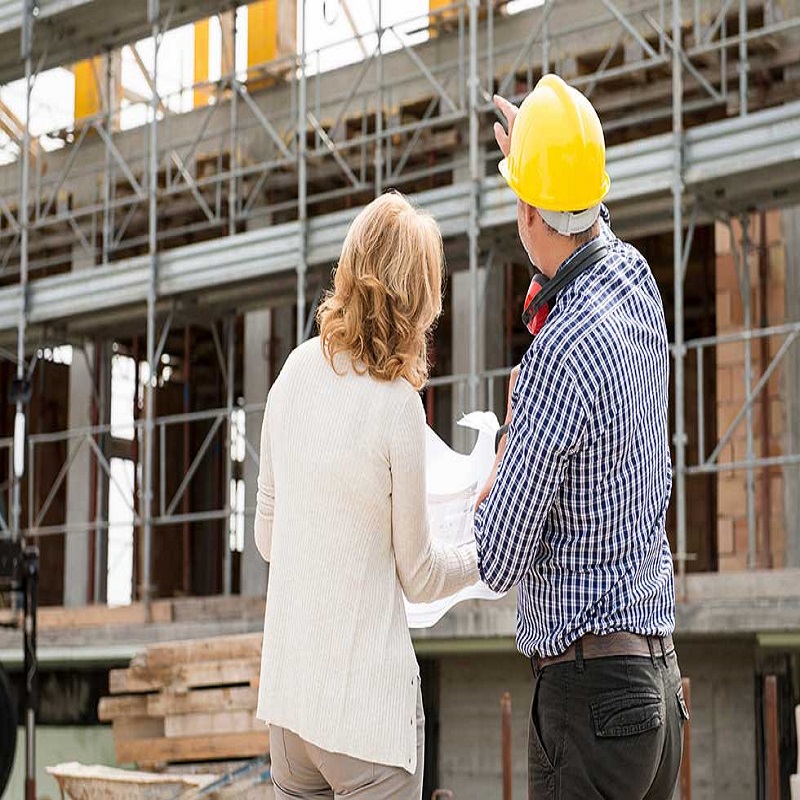
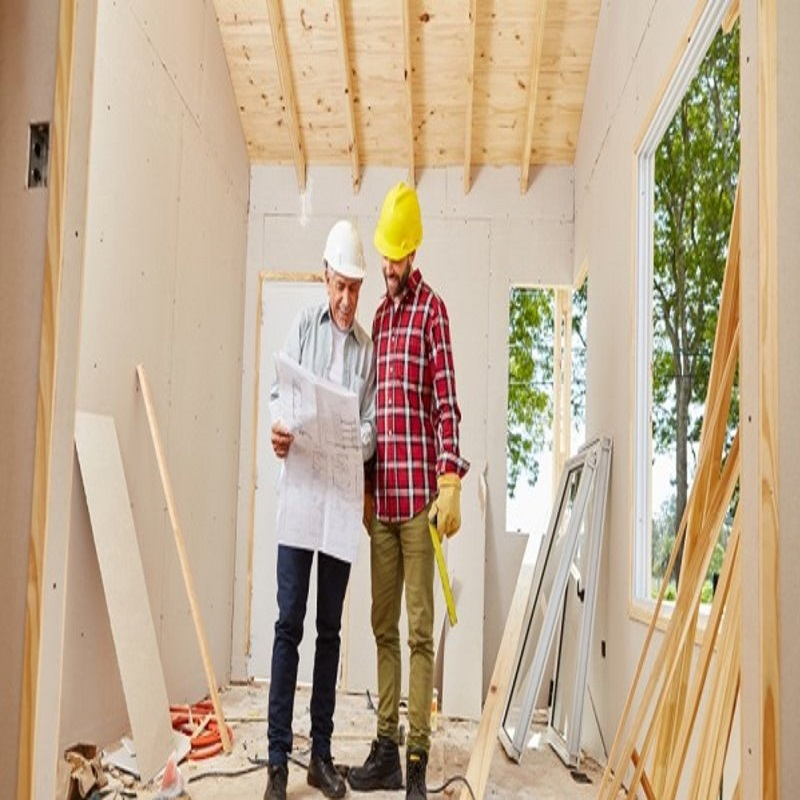
What type of materials are typically used in garage conversions?
Garage conversions are pretty different from other types of conversions in terms of the materials used. Such materials include:
- Concrete floors
- Wall insulation panels, which are typically made of polyurethane foam and plywood. The panelling is lightweight, high R-value (insulating power), and has moisture resistance.
Pros and cons of converting a garage
The benefits of converting a garage include:
- More space
- Functional living spaces
The downsides of converting a garage are that it can be more expensive than other conversions, especially when adding bathrooms and kitchens. In addition, your local planning department may have to approve the conversion before construction begins, which could delay or even derail this project entirely. This is why it’s so important to do as much research as possible ahead of time.
Costs of converting your garage into living space
The cost of converting a garage varies depending on your former garage’s size, shape, and layout. You’ll need to know how much square footage you have to budget for this project properly.
The cost is typically between £45-47per sq. ft, which means that if you had an average-sized two-car garage with some storage space above, it would be around £102,000, give or take a few thousand pounds, depending upon any add-ons such as bathrooms and kitchens.
Tips on what to look out for when you’re choosing contractors
When hiring a contractor, there are several things you’ll want to consider:
Experience: Keep in mind that experience counts a lot when it comes to hiring contractors. It would help if you always looked into how long they have been in operation, who their clients are, etc.
Website: Take the time to visit each company’s website and read reviews from previous customers
Reviews: If companies have no online presence, you should consider this red flag – they could be fly-by-night businesses that are hard to track down if anything goes wrong during or after the job has been completed.
References/Testimonials: Do whatever needs doing to get testimonials or references for prospective contractors before you hire them so you can contact their former clients yourself. This is one of the essential steps in hiring any contractor!
Skills: Take the time to do your research and find out what qualifications each contractor has
Resources/Tools: Make sure you check whether or not potential contractors have all of the necessary tools needed to complete any work on your property. This includes ladders, scaffolding equipment, trucks and trailers (if applicable) and safety gear like hard hats and steel-toe boots. If they don’t own these things themselves (and instead rent them), make sure you ask about costs involved with renting these items if required during the conversion process.
Safety Precautions: It’s essential to make sure your home or other properties stay safe during the conversion process, so be sure to avoid any companies who don’t take safety precautions seriously!
Makeshift Walls and Flooring: While some construction companies use temporary panels for walls, it may be worth asking about what type of flooring will be used because this could impact the overall look of the finished project.
Timeframe/Schedule: There are lots of things that can affect how long a garage conversion takes, including weather conditions (which should already factor into scheduling),
Insurance: Ask about what types of insurances (if any) a potential contractor has to cover both themselves and you during their work on your property. This includes liability and workers comp coverage in case anyone gets injured while working at your home.
Communication: Communicate with all contractors involved in the garage conversion process as much as possible regarding construction timelines, project details etc. Choose one main point person for communication purposes if more than one party will be involved throughout this entire process (e.g., you could choose a general contact such as an office manager or salesperson).
Tricks for maximising space in converted garages
To make the most out of your converted garage space, maximise wall space as much as possible. Since garage conversions typically result in a loss of floor space, maximising your walls is the next best thing!
In addition to this tip, you’ll want to consider including ceiling storage and utilising items such as overhead cabinets for extra vertical storage (this could include anything from shoes and tools to clothing). Finally, we’d recommend that you install lighting along the perimeter of each room – it will help improve visibility throughout!
Things to consider before your garage conversion
- If your garage is attached to your house, you will need to get the approval of all the necessary parties involved in this process. These may include city inspectors and government officials (e.g., fire marshals), neighbours affected by any noise or other disruptions that could occur throughout construction, etc.
- Check with local authorities if there are requirements for permits when converting a garage into a living space because some regions require them before starting significant renovations like this one. You should also consult zoning laws within applicable jurisdictions since they can affect how many people can occupy an area after conversion, where accessible entrances must be located relative to garages, etc.
- Have plans drawn up before you start working on the garage conversion to make sure there are no outstanding problems that may come up due to existing features like low ceilings, narrow doorways and access doors (this will also help keep costs down)?
- Focus on functionality in terms of layout since building a new room or converting an existing space into something else can be very costly. You should consider how much storage you need for your things and vehicles, if any appliances such as washers and dryers would work well within the area(s) where they’re going to be placed, etc., when planning out installed features.
- Minimise noise by scheduling construction when people who live around you won’t need their garages so that these areas can be utilised as workspace. Use the same general materials used in other areas of your home, such as drywall, plywood or even sheet metal if you’ve got a metal garage door.
Permissions for garage conversion
Garage conversions require permissions, so you’ll need to check with your local government about whether or not this step is necessary. Suppose the space already has a foundation and appliances have been installed or are present in another part of your home that you can use for garage conversion purposes. In that case, there’s no reason why it needs to go through permitting procedures.
Mistakes to avoid if you have a small space
Sometimes, you might want to start with a small space to see if you’re even interested in converting it into something else. You can then expand the size of your garage conversion later on, but keep these things in mind whenever working on one:
- Neglecting to plan
Planning is essential for all kinds of projects, not just conversions. Be sure that everything has been accounted for before starting work – from electrical outlets and water supplies to ventilation systems and plumbing ducts. If there are already appliances present inside or nearby your future converted area, make sure they’ll be safe once the project starts by checking their power supply and disconnection point first. Remember that some materials may emit hazardous fumes when appropriately burned: making an effort to ventilate the room well will avoid unpleasant surprises after the work has finished.
- Forgetting about volume and focusing on the footprint
When planning your garage conversion, you should always consider how much space to allocate for each room. If you’re wondering if a specific piece of furniture would fit in the converted area, measure its height, width or depth-first before checking whether the garage can accommodate it! Don’t forget that every wall requires some extra space – approximately one-third of its length is enough to allow people to walk around without bumping into things. Bear this in mind when repartition walls during renovation: don’t hesitate to leave empty spaces. They’ll help with sight flow inside for an overall feeling of openness!
- Not maximising storage space
It would help if you found a way to store all your stuff before the renovation. The most important thing to remember is that you should use every single spot available, including walls, ceilings and even floors if necessary! Don’t forget about storage under stairs (it’s a good idea to check for structural integrity beforehand).
- Breaking up the space too much
When you plan for your garage conversion, think carefully about the functionality of each room. For example, if there are multiple rooms in a closed space (e.g. bathrooms), they should have individual entrances instead of just one shared door between two areas.
- Failing to use mirrors
Mirrors are perfect at creating an optical illusion of more space in small areas: place them across from windows so they bounce light around. They also reflect existing furniture or other design elements, which helps with continuity throughout rooms. If you have big art pieces or decorative objects, hanging them on opposite ends of the room will give it balance – make sure they’re not too heavy! Finally, avoid making one-piece look isolated by placing it all by itself on a wall; groupings of art or decorative objects should be no more than three pieces.
- Avoiding bold colours
If you’re thinking about painting, keep it simple! A single colour will do the trick, and if you want to paint an accent wall (e.g. in your bedroom ), stick with lighter hues that won’t make the room feel smaller. If your walls are already white, but you still wish they were brighter, consider using cheerful wallpaper instead – there are always ways around basic design principles like these!
- Playing by the rules
Don’t be scared to break the rules – but you must know them first! Some people say that three is an unlucky number, so avoid using three pieces of furniture in a row; others may insist on five-centimetre gaps between objects. However, before deciding which rules are set in stone, consider your audience and what they expect from your home. Once you’ve decided which conventions need following or challenging, make sure every last one gets obeyed!
- Using furniture with the wrong proportions
You want to use furniture that’s not too big or small for the space you have, so if your room is long and thin, choose a sideboard with slim legs rather than one with large chunky feet. If there isn’t much height in the room either, don’t fill it up by stacking things on top of each other – instead, choose tall but narrow pieces like bookcases.
- Owning too much stuff
There comes a time when we all need to ask ourselves whether we really ‘need’ something else. It might be an impulse purchase from months ago, which has been gathering dust since you moved into your new home, or perhaps you’ve just acquired another item of clothing at yet another shopping spree. Whatever it is, it’s time to go through your belongings and weed out the things you no longer need.
If you need help with anything else please feel free to call us on
020 xxxx xxxx
